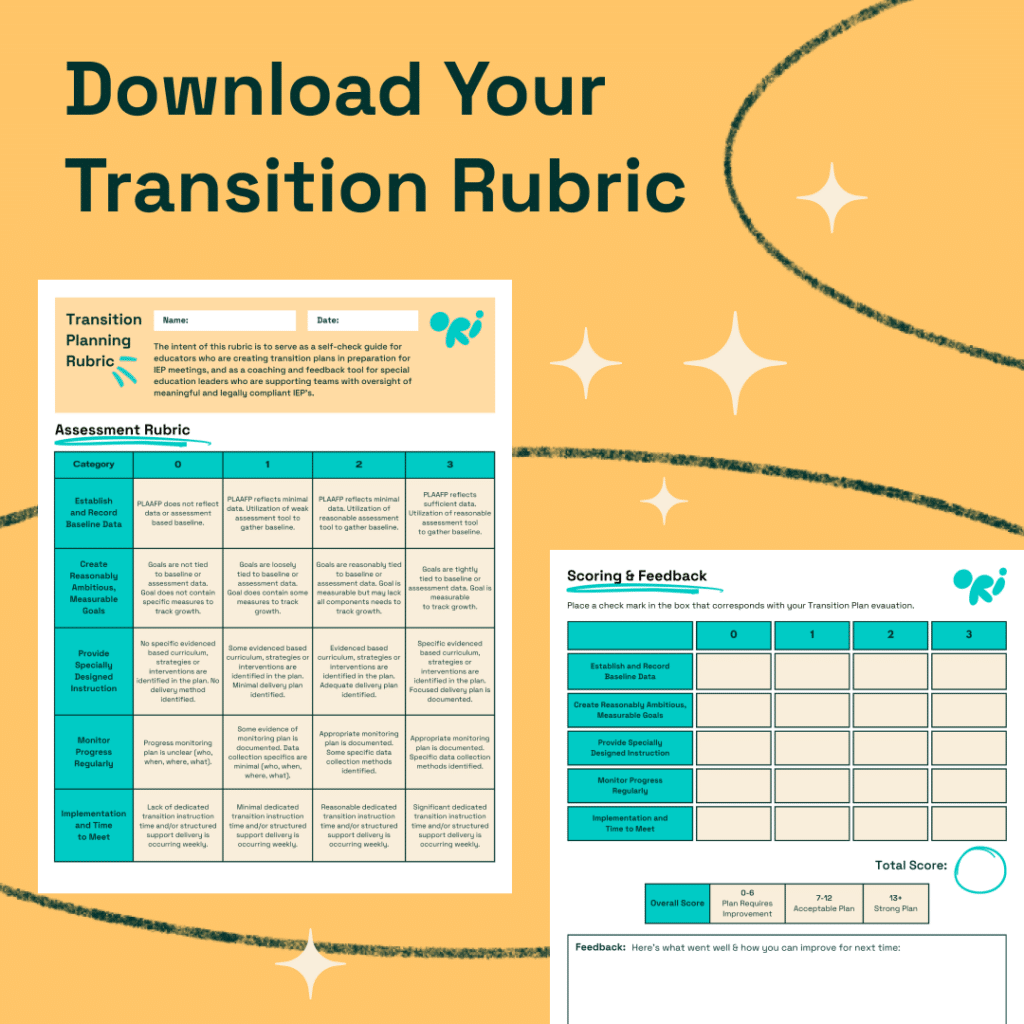

Impulse control is a critical skill that involves the ability to pause and think before acting. This guide is designed to assist educators in crafting effective IEP goals for impulse control, aiming to enhance students’ abilities to manage their responses and actions thoughtfully.
Impulse control, or self-regulation, refers to the capacity to regulate one’s emotions, thoughts, and behaviors in response to external demands or situations. For students with special needs, challenges in impulse control can manifest as difficulty waiting their turn, interrupting others, reacting aggressively, or making hasty decisions without considering consequences.
Incorporating impulse control goals into a student’s Individualized Education Program (IEP) is vital for promoting their social, emotional, and academic growth. These goals help students develop the necessary self-regulation skills to engage positively with their learning environment, peers, and broader community.
Effective impulse control IEP goals should align with the student’s Present Levels of Academic Achievement and Functional Performance (PLAAFP) and comply with educational standards under the Individuals with Disabilities Education Act (IDEA). This ensures that the goals are tailored to the student’s unique needs and practical for fostering real change.
Our Transition Planning Rubric is designed to support district leaders and educators in guiding their teams towards excellence in transition planning.
It provides comprehensive criteria that cover the breadth of transition planning, from gauging student engagement to evaluating post-secondary goals and services.
Expand your team’s capabilities and improve the success of IEP meetings.

Disclaimer: These sample goals should be customized to fit the individual needs of each student.
By focusing on impulse control in IEPs, educators can provide students with the strategies they need to manage their responses effectively, leading to improved interactions and outcomes in both school and social settings.
Leverage Ori Learning’s resources and expertise to effectively implement and track the progress of impulse control IEP goals, ensuring students develop the critical skills needed to succeed academically and socially. Explore our educational solutions to find out how we can support your efforts in fostering essential life skills.